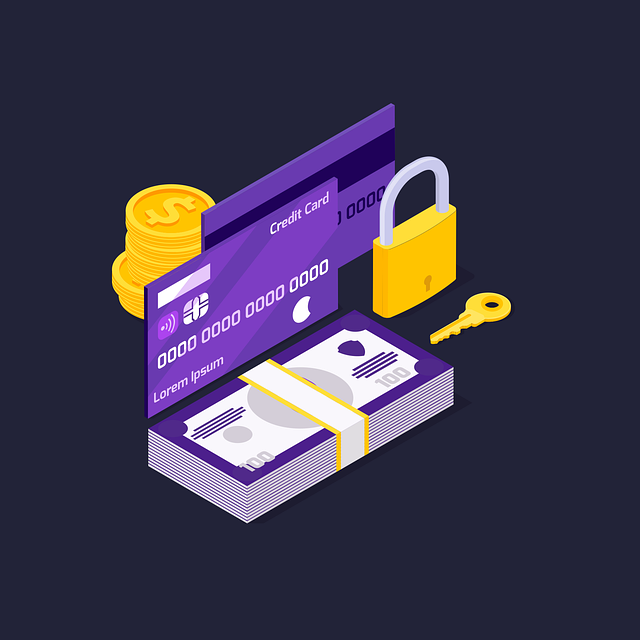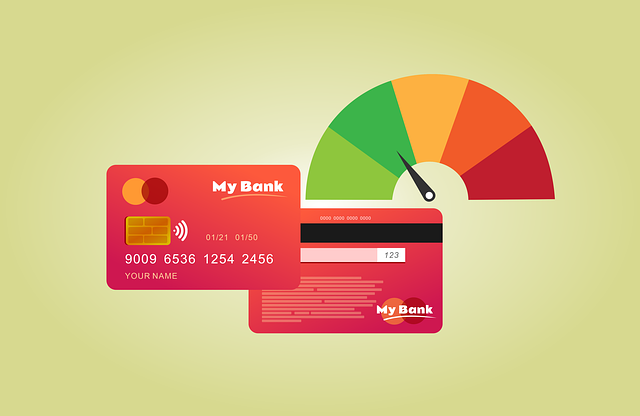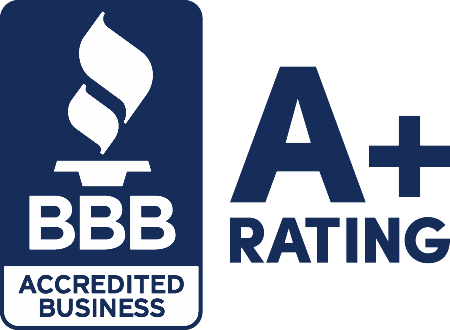What caused Silicon Valley Bank to fail?
There is a simple answer and a complex answer to why the bank failed. The simple answer is that it experienced bank run and didn’t have the money on hand to cover withdrawals. A bank run is when many depositors withdraw their funds at the same time. When the bank couldn’t produce the funds to cover withdrawals, regulators stepped in and closed the bank.
The complex answer takes a wider and more complicated view as to why SVB was unprepared for a bank run. Ever since the financial crisis of 2008, interest rates have remained low. For a time, Federal Reserve chair Jerome Powell, set a zero-interest rate policy (ZIRP).
While interest rates were zero percent, the startups and tech firms that were SVB’s main customers experienced periods of significant cash intake. SVBs bank deposits grew as IPOs, SPACs, and VC investment exploded at a rapid pace.
However, this meant that the bank’s customers didn’t need loans or financing – and loans are how banks make money. In the simplest terms, a bank takes deposits and issues loans, and makes profit from loan interest. But with fewer clients needing loans and all this cash on hand from deposits, SVB needed other ways to make money.
So, it began to purchase long-term government securities. The problem with this method is that if interest rates went up, those securities lost value. Instead of being able to make money with credit risks, like loans, SVB turned to interest risks with securities. When the Fed began hiking interest rates to curb inflation, SVB’s security holdings began to decrease in value.
Another impact of interest rate hikes was the VC firms stopped tossing money at tech startups as freely. Many of these businesses then needed to dip into their own pocket by accessing their funds deposited with the bank.
SVB moved to quickly free up liquidity to cover what customers were taking out. It sold $21 billion worth of securities, causing a $1.8 billion loss after taxes. It also announced a plan to shore itself up by selling $2.2 billion in shares, triggering Moody’s to downgrade its credit rating.
When SVB presented its slide deck explaining the situation on March 8, 2023, customers began exiting en masse. Peter Thiel’s Founder’s Fund advised its portfolio customers to pull out. Other VC firms, like Union Square Ventures and Coatue Management, told their companies to pull out as well.
The bank run happened in less than two days. The largely digital platform allowed customers to pull their funds out electronically, and SVB didn’t have a chance to intervene or quell the panic. On March 9, 2023, customers attempted to withdraw $42 billion – nearly a quarter of the bank’s deposit holdings. The share sale was canceled and SVB attempted to sell itself.
By Friday March 10, 2023, regulators stepped in, and the bank closed.
Will the SVB failure spread to the other banks?
The SVB collapse has all the makings for the trigger event for a full-blown financial crisis, but steps are being taken to stop the spread before that happens. Images of the bank’s closing and customers standing outside the doors are sure to remind people the bank runs on infamous Black Tuesday (1929) that kicked off the Great Depression – as portrayed in the film It’s a Wonderful Life.
Fortunately, depression-era protections, such as the Federal Deposit Insurance Company (FDIC), and government intervention can help stem the tide of panic. One of the most significant steps the government took was announcing on Sunday, March 12, 2023, that all SVB deposit customers would be able access their money on Monday, March 13, 2023. This includes customers whose holdings exceeded the FDIC insured amount of $250,000.
The actions taken will hopefully prevent more bank runs and closings. However, one bank, the NY-based Signature Bank, also failed. With $110 billion in assets, it’s the third largest bank failure in US history (first is Washington Mutual in 2008).
The FDIC created a new entity, the Deposit Insurance National Bank of Santa Clara. All insured deposits were transferred, and the bank is set to open on Monday, March 13, 2023.
The Fed also announced a new emergency lending program designed to help prevent a rash of bank runs that could upend the stability of the banking system and economy as a whole. Under the program, the Fed would freely lend to banks so that banking customers would remain confident that they could access their accounts when needed. In banking, customer confidence is just as important as cash. The lending program is designed to protect both.
Instead of selling securities to pay depositors (like SVB did), banks can borrow from the lending program using their securities as collateral. The Treasury as set aside $25 billion to offset any losses from the program, but it doesn’t expect much loss since the securities used as collateral have a very low risk of default.
What happens to SVB line of credit customers?
As of the bank’s closing on March 10, 2023, the FDIC announced all line of credit accounts are permanently frozen. Line of credit customers must open a new line of credit with a different bank.
Loan customers are advised to keep making their loan scheduled loan payments. There might be more updates as this story develops.
Does this impact line of credit offerings through UCS?
All United Capital Source line of credit customers are unaffected by SVB’s closing and its ripple effects throughout the economy.
For clients who have an existing line of credit facilitated by UCS, you can continue to use the funds as you need them. It’s business as usual for UCS.
What are the implications for the future of business lending?
The full impact of SVB’s sudden closing on business lending and banking in general remains unclear. The Fed is doing what it thinks is the best course of action to make SVB deposit customers whole. It is providing bank lending services to prevent more bank runs from exacerbating the situation. Hopefully, the actions being taken will solve the problem with zero or very minimal impact on business lending.
However, the story is still developing, and things may change in the future. For example, the 2008 financial crisis caused many traditional, brick-and-mortar banks to become far more restrictive in lending. As a result, alternative lenders, and lending marketplaces like UCS, became the go-to financing solution for the small business community.
SVB Collapse – Final Thoughts
When news broke of the nation’s 16th largest bank collapsing, many of us in the financial sector began looking for answers. It’s only natural to think about what this means for banking institutions and the people who rely on them. As of writing, we know that steps are being taken to reduce the risk of this situation snowballing into a massive financial threat.
The economic doomsayers will use this situation to claim the sky is falling, but panic is the one thing that could make the situation worse. We will keep you updated with any new developments about the fallout – especially anything that impacts small business financing.









